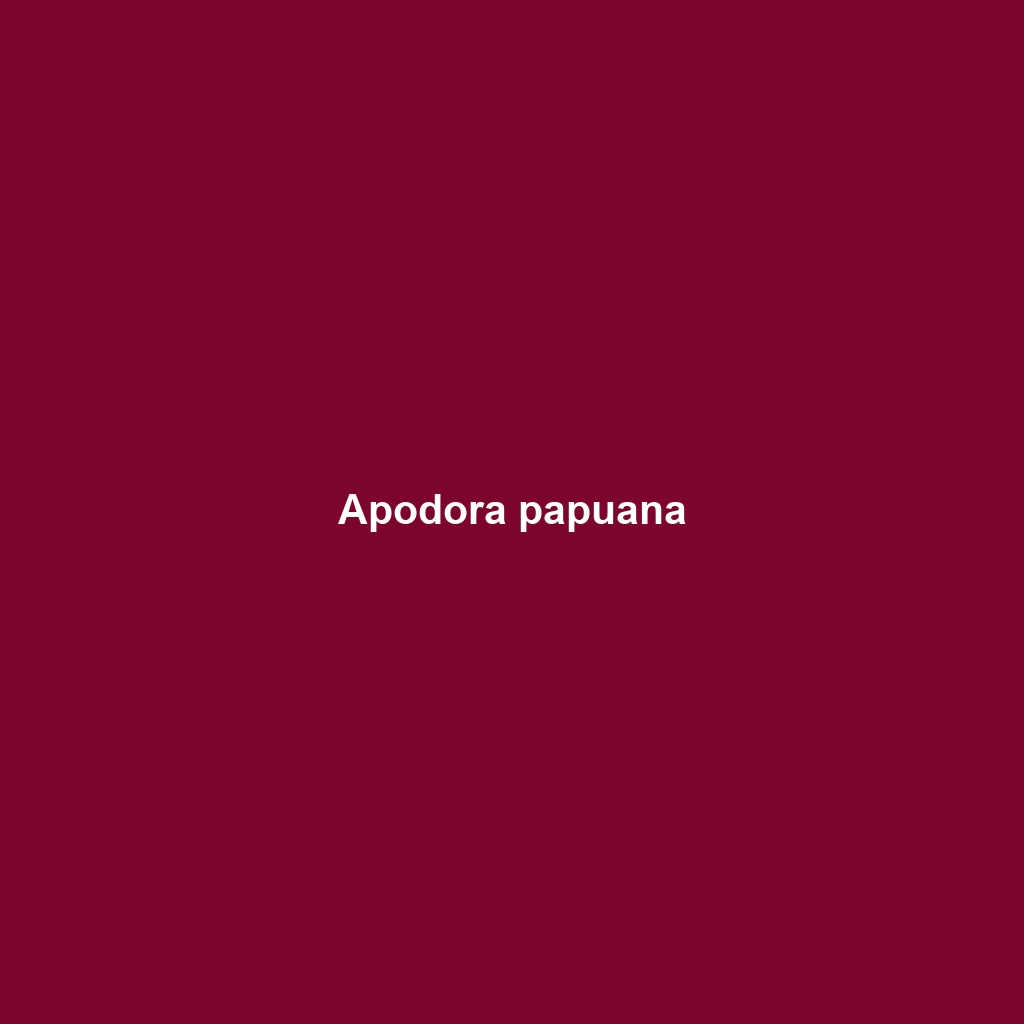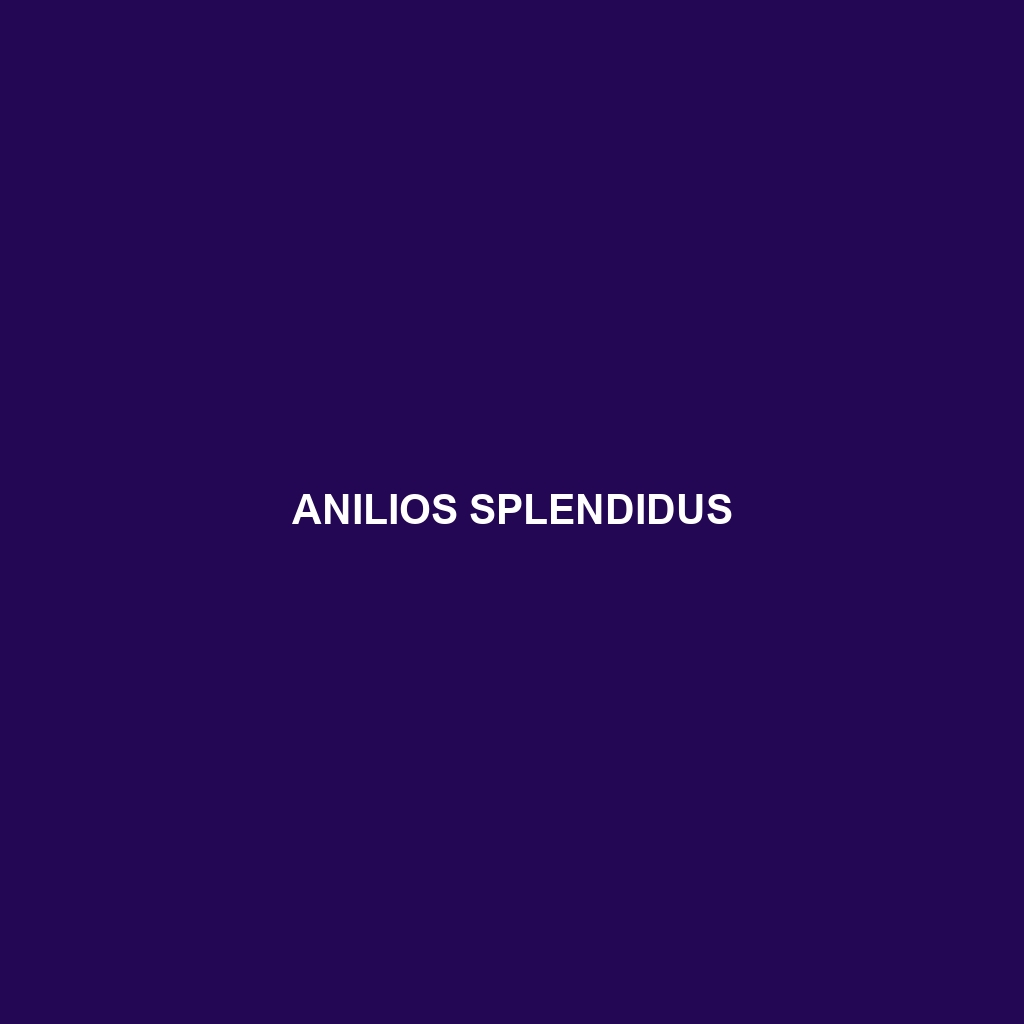Discover the Apostolepis underwoodi, a striking snake native to the Atlantic Forest of southeastern Brazil, with a sleek body measuring 60-90 cm and a unique pattern of brown, black, and cream scales. Nocturnal and secretive, this species plays a vital role in its ecosystem by preying on small vertebrates and demonstrating remarkable adaptability in its lush habitat.
Tag: snake enthusiasts
Apostolepis longicaudata
Discover the Apostolepis longicaudata, a slender, earthy-toned snake native to the subtropical regions of Brazil and Argentina, known for its nocturnal behavior and unique ambush hunting strategy. With a diet primarily consisting of small vertebrates, this adaptable species plays a crucial role in maintaining ecological balance while contributing to the biodiversity of its habitat.
Apostolepis arenaria
<p><b>Apostolepis arenaria</b>, commonly known as the sand snake, is a small, diurnal snake native to the sandy coastal regions of Brazil, characterized by its light brown or beige background with dark stripes. This vulnerable species plays a vital role in its ecosystem as both a predator and prey, primarily feeding on small invertebrates and lizards.</p>
Apostolepis assimilis
Discover the <b>Apostolepis assimilis</b>, a slender, nocturnal snake native to the subtropical and tropical regions of South America, particularly Brazil and Paraguay. With its striking brown and black banded pattern and vital role in regulating local ecosystems, this species showcases impressive adaptability and unique feeding habits.
Apodora papuana
Discover the Apodora papuana, or Papuan Carpet Python, a stunning rainforest inhabitant that grows up to 3 meters long, showcasing a striking pattern of dark browns and yellows. Known for its docile nature and arboreal hunting skills, this nocturnal predator plays a vital role in maintaining ecosystem balance in New Guinea.
Anilios splendidus
Discover the splendid burrowing snake, Anilios splendidus, a nocturnal serpent from the tropical rainforests of northeastern Australia, known for its striking dark and light patterned body, burrowing behavior, and diet of small invertebrates. This vulnerable species plays a crucial role in maintaining soil health and ecosystem balance.





